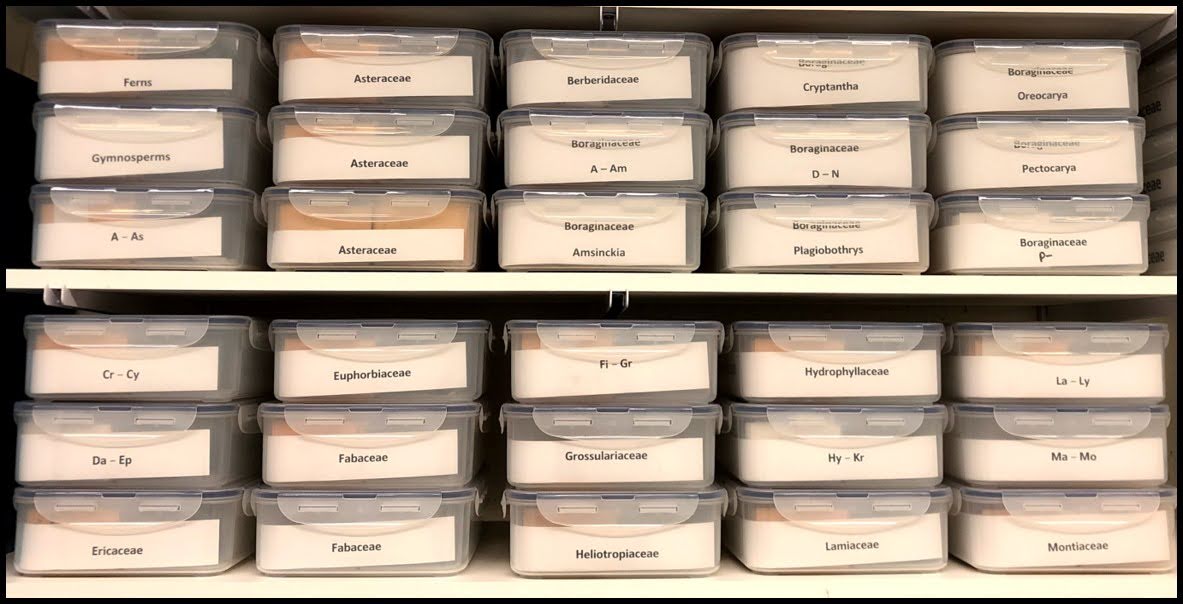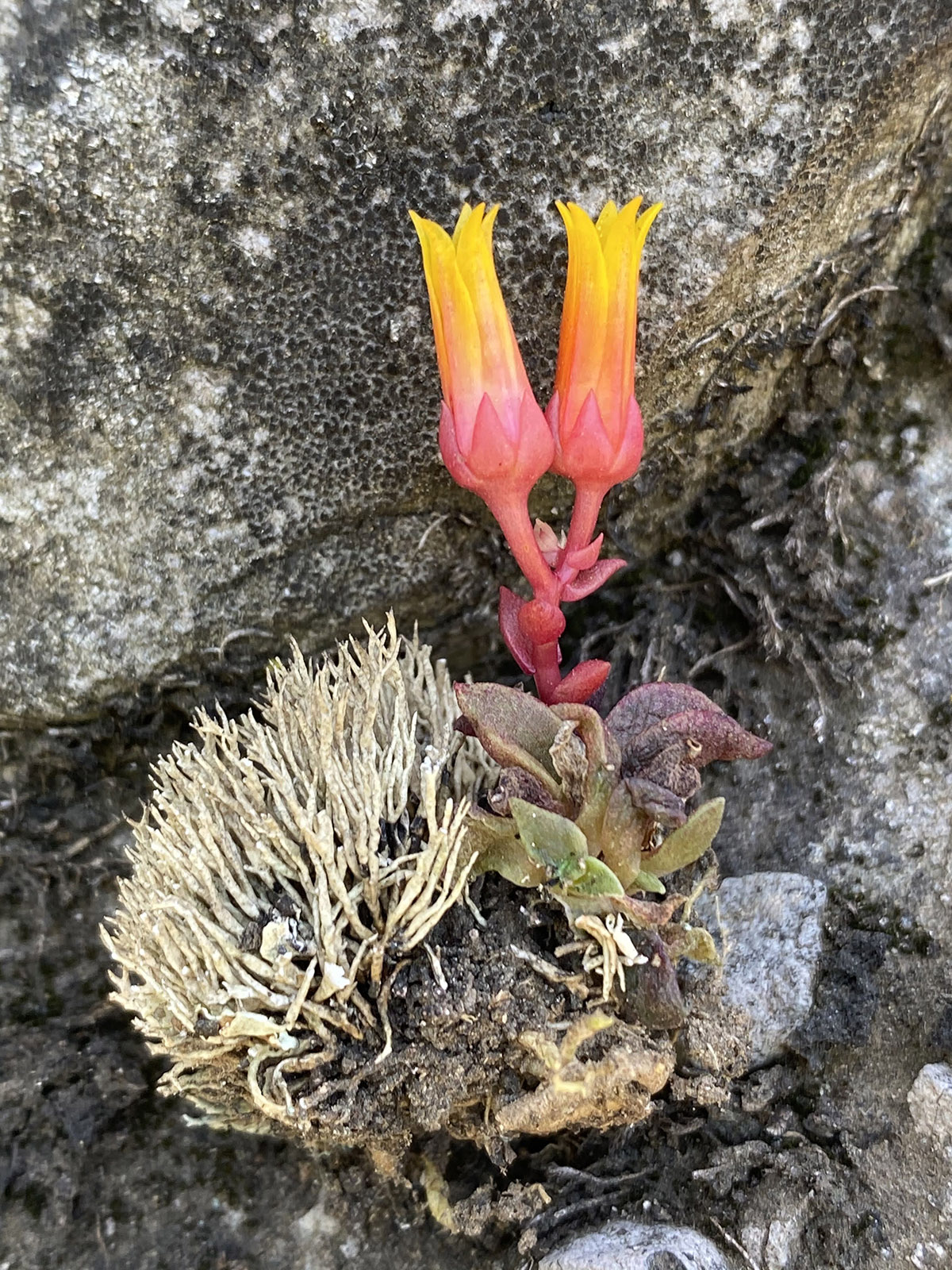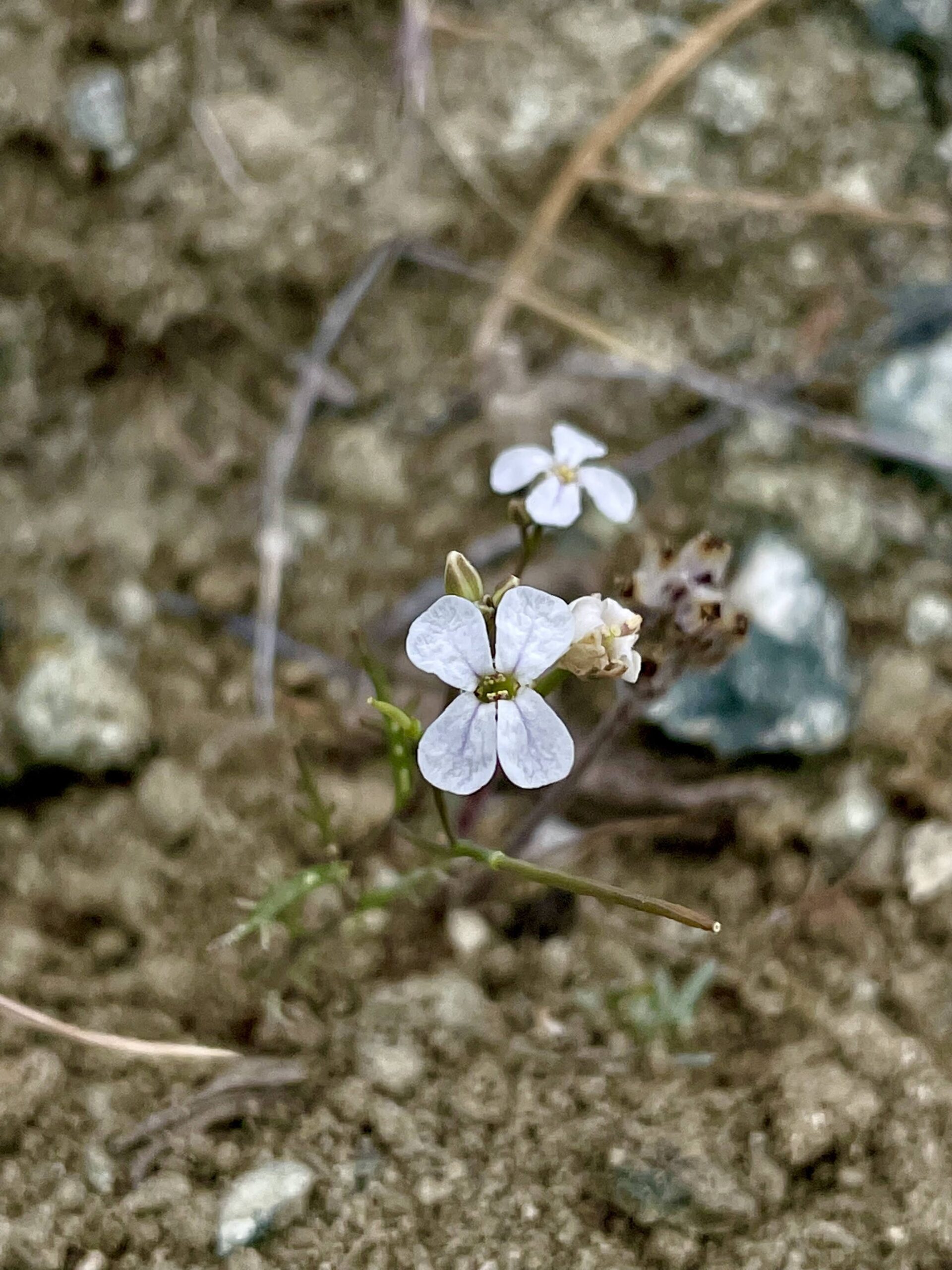Tissue Bank

DNA Holds the Code
From Raw Material to Genomic DNA
DNA holds the code for unlocking the mysteries of the tree of life. It is used worldwide as a versatile tool in modern conservation, biodiversity discovery, and documentation efforts. At Santa Barbara Botanic Garden’s Tissue Bank, established in 2018, we aim to preserve the raw material from which researchers can isolate genomic DNA for use in a variety of investigations. Studies that use samples from the Tissue Bank include those targeting the discovery of new species, a better understanding of rare plants, and exploration of evolutionary relationships across the Channel Islands.

Processing samples
Collecting & Curating Genomic Resources
To collect Tissue Bank samples, botanists remove young leaves from a plant that is being collected for the Clifton Smith Herbarium, and botanists place the leaves into small envelopes. These envelopes are placed into bags containing silica gel, which aids in rapidly drying the leaves. Back in the lab, samples are databased and filed into airtight containers for stable storage of the DNA until needed for studies. We are working to add lichens, macrofungi, and bryophytes to our collection to mirror our natural history collections.
13,500
The Garden’s Tissue Bank currently contains over 13,500 samples representing 120 plant families and 475 genera.
30%
Plants from California’s Channel Islands make up nearly 30% of the Tissue Bank collection.
2018
The Tissue Bank was established in this year.
Highlights of the Collection
California Rarities & Channel Island Endemics
The Tissue Bank currently contains over 10,000 samples representing 120 plant families and 460 genera, reaching far beyond the Santa Barbara region. However, the focus of our collection is on plants of the California Floristic Province, a world-renowned biodiversity hot spot.
Read More
An example of this is liveforevers (Dudleya), a beloved group of succulent plants with a center of diversity in coastal Southern California and northern Baja California, Mexico. Many species in this group of plants are of conservation concern due to poaching, development, and climate change. Our collection holds samples of nearly all members of the genus for ongoing efforts here and at collaborating institutions to conserve these charismatic plants.
The California Channel Islands are home to many plants, with nearly 10% of the species living nowhere else in the world. Fieldwork is difficult on the Channel Islands due to access; however, plants from this archipelago make up nearly 30% of the Tissue Bank. Every vascular plant taxon known to be present on San Nicolas Island has been collected (spurred by genetic barcoding projects), with remaining endemics from other islands to be added. Materials in our collection aid researchers who cannot feasibly collect on the islands and enhance understanding of these unique places.

Airtight containers provide stable long-term storage for leaf tissues for later DNA-based studies.




COntributions & Access
Growing the Garden’s Tissue Bank
The Tissue Bank accepts tissue collections from outside sources and fulfills requests for tissue loans. Contributors are asked to provide accompanying metadata sufficient to be research grade, including taxon name, collector name and number, herbarium voucher information (especially if the specimen is deposited at a separate herbarium), collection date, locality, and GPS coordinates. The Garden can provide contributors with collection materials: silica, manila coin envelopes, and collection forms upon request.
As is expected with other collection efforts, researchers must have acquired the appropriate permits and practiced responsible collection methods when collecting tissue for the Garden.
Meet the Team
-
Conservation Genetics Laboratory Technician
-
Conservation Geneticist
-
Plant Genomics Lab Manager
Contact the Tissue Bank
For general information or for questions regarding tissue loans or contributions, please submit a request. Tissue loans are made at the discretion of the collection curator.
Tissue samples may also be viewed in person at the Garden by appointment only. Same-day requests typically cannot be accommodated.
 Donate
Donate

